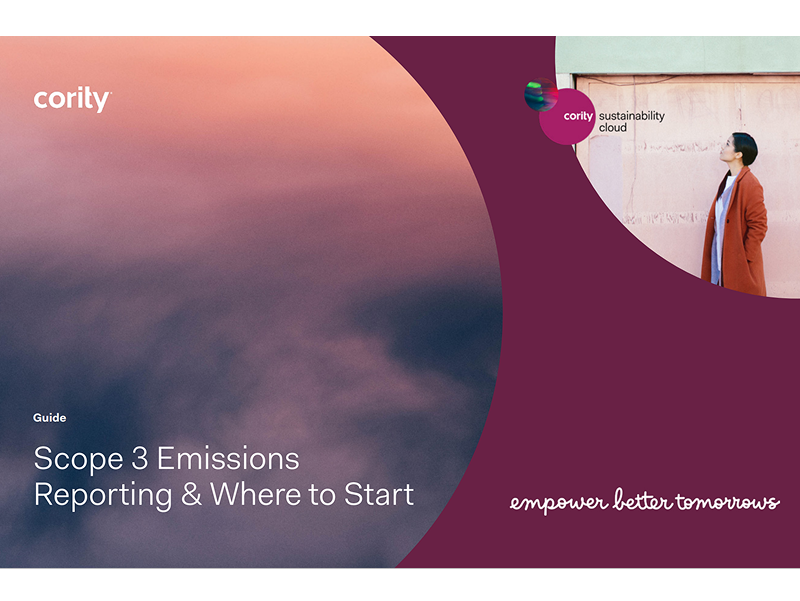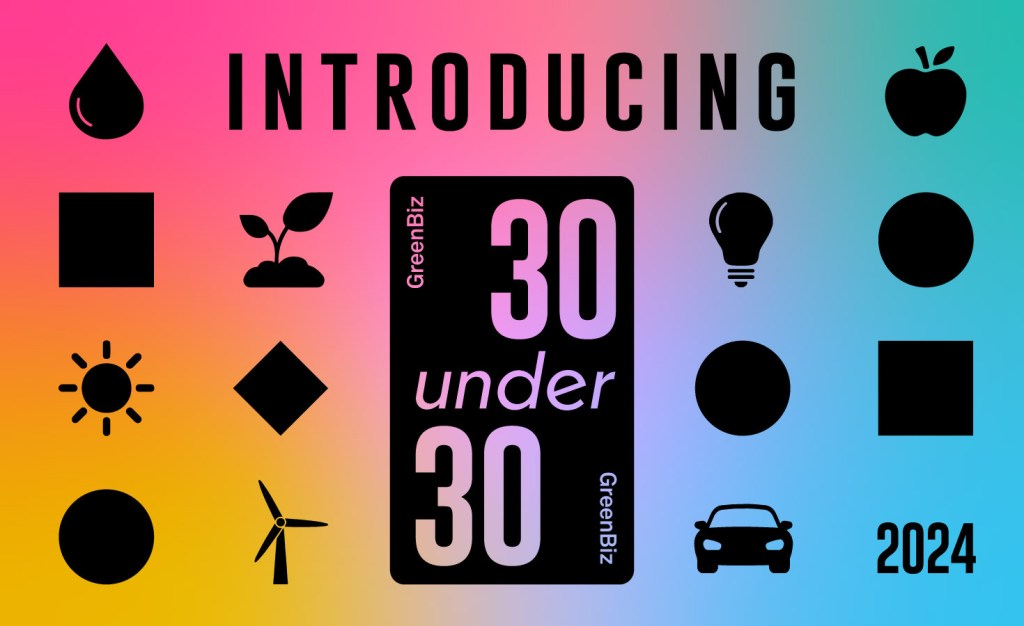The 10 best practices for sustainability reporting
Whether producing your first or 15th sustainability report, there are always new and daunting challenges. Here are 10 strategies for successful, credible reporting shared by nearly two dozen of the world's leading companies. Read More
Whether producing their first or their fifteenth sustainability report, many companies still struggle with how to create a credible report that supports the company business strategy, while effectively controlling the labor and costs associated with report development.
At a workshop recently hosted by ERM, 20 of the world’s leading companies came together to share their strategies. Here’s the top 10 list that emerged:
1. Focus on Material Issues: To determine priority issues, most companies employ a standard materiality process, consistent with the Global Reporting Initiative (GRI) guidelines. The formality and rigor of this process varied considerably from company to company.
For first-time reporters, this process typically requires a robust issues review and structured stakeholder engagement process. In subsequent years, assuming no major organizational changes or external developments, companies can do a less intense ‘refresh’, saving considerable time and resources. One company found value in calibrating their materiality assessment process with their Enterprise Risk Management process, though in most cases these processes are not (yet!) aligned or linked.
2. Make It Resonate: Companies are branding their sustainability reports to reflect the company’s personality and business strategy and bring issues to life in a way that resonates with internal and external audiences. Though everyone’s report is at least informed by GRI, most don’t let GRI drive the presentation and storytelling that is critical to effective communications.
3. Manage Multiple Audiences: Most companies are torn between focusing on their most material issues and meeting the specific requirements of the socially responsible investment (SRI) community, ratings organizations and customers. Some companies create concise reports, while housing the rest of their information in a comprehensive GRI index table. This makes it easy to tell the high-level sustainability story while allowing external stakeholder to easily find and drill down into the issues they are looking for.
Additionally, companies take a considered approach to managing external requests for information. One participant cited the following strategy — correct the record where data is egregiously wrong (e.g., in a Newsweek Green Ranking profile), but otherwise limit your effort by developing customized responses to only the most critical, high-value inquiries (e.g., key customers and investor groups).
By ranking these organizations according to their credibility, influence and reach, companies are able to effectively focus their efforts. Of course, a comprehensive sustainability report should get you most of the way there!
4. Know Your Data: One of the biggest reporting challenges is collecting relevant and accurate data to drive progress and to measure performance improvements. This often involves collecting extensive data sets amidst changes in staff, acquisitions and divestitures, and changing data requirements (such as inclusion of full lifecycle impacts).
Reporters find that clear data definitions, regular training and careful review are keys to collecting reliable figures. One participant’s system even requires respondents to submit an explanation if the figure varies by a certain percentage from the previous year to catch errors before they are uploaded.
A small minority went the extra mile getting their data externally assured for additional credibility or to garner points from a rating organization — a trend that is sure to increase as the Carbon Disclosure Project and others launch verification initiatives. However, many companies felt that formal external validation wasn’t worth the price, in particular when internal quality assurance processes were already in place.
5. Invest Carefully in Technology: While some companies have invested in custom information management systems, others have found that simple Excel spreadsheets work equally well (and cost a lot less). Most recently, some companies are leveraging cloud-based data management systems and turnkey training programs to easily expand data collection to new sites without expensive technology roll-outs.
Regardless of the collection method, the key to ensuring timely, accurate and verifiable data collection is establishing the right processes from the onset to efficiently and accurately collect the data.
6. Work Effectively with Internal and External Partners: Building a report requires the engagement of individuals from across the enterprise. Most companies use cross-functional teams, sustainability committees or editorial boards to provide critical connectivity to and input from all the key business functions that need to contribute to the report.
This approach enables companies to take account of initiatives across the company — both sustainability-led and functionally-led. There are also opportunities to improve report content by inviting review by external stakeholders (e.g., advisory panels or Ceres). External suppliers can also be great resources — for example, one company noted that in some cases their suppliers were the best and most convenient source of information for waste and energy data.
7. To Integrate or Not to Integrate?: While the general consensus among companies is that integrated reporting (combined annual and sustainability reporting) will not be legislated anytime soon in the United States, most agree that the investment community is pushing it higher on the reporting agenda.
Proposed guidelines purport that integrated reports should be concise, but most companies don’t believe that integrated reports will reduce workload. Rather, they believe integrated reports will invite further scrutiny from auditors on data accuracy. Plus companies will still likely have to create companion pieces that satisfy the lengthy requirements of ratings and ranking organizations. It was generally accepted that integrated reporting needs to follow once companies have integrated their management of the issues and that this remains a key challenge.
8. Have Your Report Do Double-Duty: The golden rule of communications these days is to serve up content in the format and through the channels most relevant to your target audiences — and, in most cases, this is not a sustainability report.
Smart reporters are partnering with other departments to leverage report content in employee communications, recruiting materials, financial partner due diligence and marketing campaigns. But one note of caution: it’s important that there is some quality assurance on what gets sent out to help protect the company from inadvertent greenwashing!
9. Further the Company Business Strategy: The reporting process has the power to inspire new goals, connect individuals and spark new initiatives. By viewing the process as a tool for change, rather than an annual burden, companies can leverage the reporting process to further integrate sustainability thinking throughout the organization and further development and implementation of the company’s core business strategy.
10. Enhance Your Brand Internally: It became apparent during the workshop that the reporting process provides a great opportunity for project manager’s to build strong relationships with colleagues at all organizational levels and across all business functions. In this sense, reporting helps those managing the process further their own “personal brand” with key internal stakeholders and reinforce the importance and value of the Sustainability function within the company.
Reporting photo via Shutterstock.












